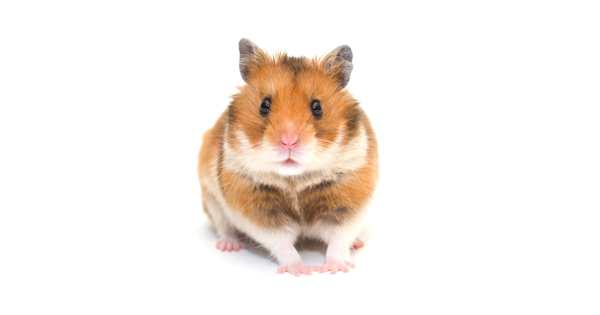Best Hamster Types for Caring Families
Hamsters have been beloved pets for generations, and their popularity continues to rise, especially among families looking to adopt a furry friend. Did you know that hamsters are one of the most popular small pets due to their adorable features and relatively easy care? With various species available, it can be challenging to determine which type of hamster is best suited for a nurturing environment. In this article, we will explore the best hamster types for caring families, their unique characteristics, and essential care tips.
By the end of this article, you’ll have a comprehensive understanding of which hamster breeds are ideal for families, what to consider before bringing one home, and how to provide the best care for your new pet. Let’s dive into the fascinating world of hamsters!
Understanding Hamster Breeds
Hamsters are diverse creatures with different personalities, behaviors, and care requirements. Here, we will focus on several popular hamster breeds that are well-suited to family life.
Syrian Hamsters
- Description: Syrian hamsters, also known as golden hamsters or teddy bear hamsters, are the largest and most common pet hamster breed. They typically grow to about 6 to 7 inches long and have fluffy fur.
- Personality: These hamsters are generally friendly and enjoy human interaction, making them a great choice for families.
- Care: Due to their size, they need a spacious cage and regular handling to thrive.

Dwarf Hamsters
- Description: Dwarf hamsters include several species such as Campbell’s dwarf hamster and Roborovski hamster. They are smaller than Syrian hamsters, typically measuring around 2 to 4 inches.
- Personality: Dwarf hamsters are playful and energetic, but they might be a bit more solitary. They can be kept in pairs if introduced correctly.
- Care: They require less space than larger breeds but still need plenty of stimulation through toys and activities.
Chinese Hamsters
- Description: Chinese hamsters are unique with their long bodies and the ability to climb. They are around 4 to 5 inches long.
- Personality: These hamsters can be more timid than other breeds, so patience is crucial when handling them.
- Care: They need a slightly taller cage to accommodate their climbing behavior and a quiet environment to feel secure.
Factors to Consider When Choosing a Hamster
When bringing a hamster into your home, it’s essential to consider various factors to ensure your family can provide the best possible care.
Age of the Hamster
- Young vs. Adult: Young hamsters tend to be more adaptable and easier to socialize. However, adopting an older hamster can help save a life and provide a loving home.
- Socialization: Regardless of age, spend time handling your new pet to help them become comfortable with humans.
Size of the Cage
- Space Requirements: Ensure that the cage is spacious enough for your chosen hamster breed. Syrian hamsters, for example, require a larger enclosure.
- Ventilation: Choose a cage with good ventilation to keep your pet’s environment fresh.
Family Dynamics
- Children’s Ages: Assess the ages of your children to gauge whether they can responsibly care for a pet.
- Pet Experience: If your family is new to pet ownership, opting for a breed known for its friendly disposition, such as the Syrian hamster, may be wise.
Essential Hamster Care Tips
Once you’ve selected the right hamster breed for your family, providing proper care is vital to their happiness and health.
Feeding Your Hamster
- Balanced Diet: Hamsters require a mix of pellets, fresh fruits, and vegetables. Ensure you’re providing the right nutrition to keep them healthy.
- Treats: Offer treats sparingly to avoid obesity. Small amounts of fruits and vegetables are generally safe.
Habitat Maintenance
- Cleanliness: Regularly clean the cage to prevent odors and bacteria. Change bedding and wash toys frequently.
- Enrichment: Create a stimulating environment with toys, tunnels, and climbing structures to keep your hamster entertained.
Handling Your Hamster
- Gentle Touch: Always handle your hamster gently to avoid stressing them. Encourage an environment that makes them feel safe.
- Routine Interaction: Spend time with your hamster daily to build trust and improve their socialization.
Conclusion
In conclusion, choosing the right hamster breed for your family requires careful consideration of various factors, including the hamster’s personality, size, and care requirements. Whether you opt for the friendly Syrian hamster or the playful dwarf variants, these small pets can bring immense joy to your family’s lives.
By understanding the needs of your chosen hamster type and committing to their care, you can provide a loving environment that will help them thrive. Remember to engage with them regularly and offer enrichment in their habitat to keep them happy and healthy.
For further reading on hamster care and insights into other types of small pets, check out this article or read more here.
